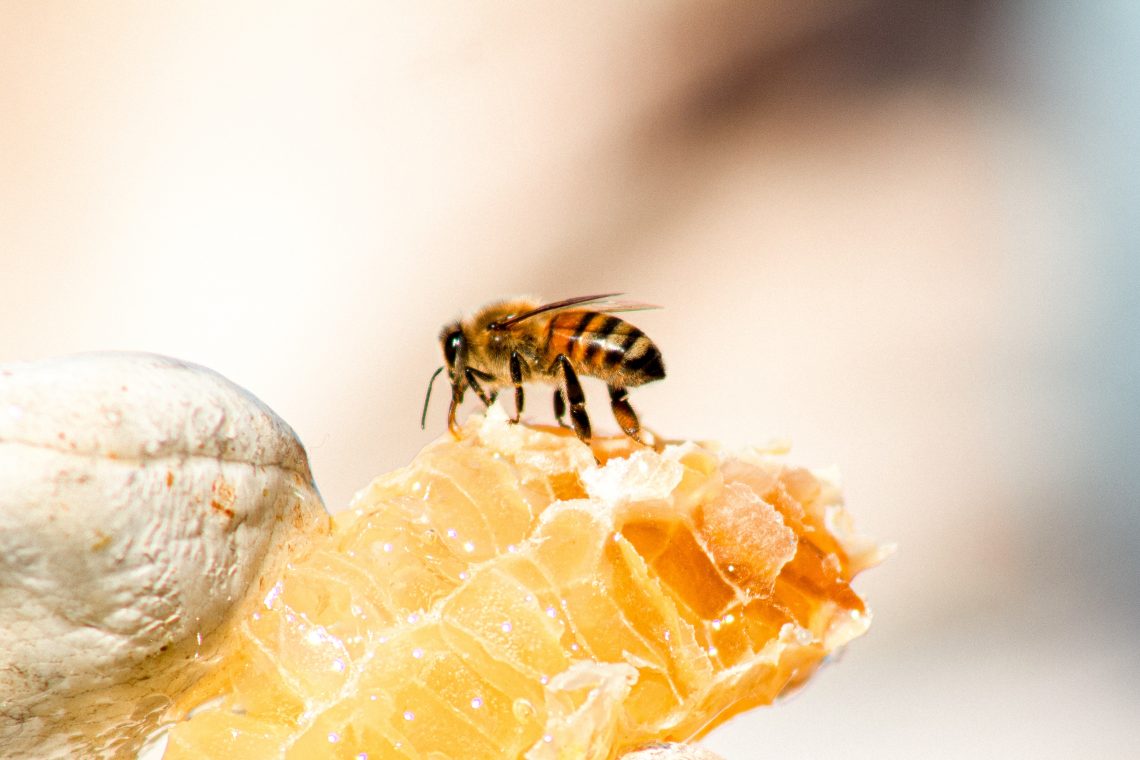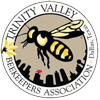How Honey is Made by Bees
Honey is the product of the incredible efficiency of the honeybee industry. Inside the beehive, each bee has a particular job, and the whole process runs smoothly.
Bees need two kinds of food. One is honey made from nectar, the sugary juice that collects in the heart of the flowers. The other comes from the anthers of flowers, which contain small grains called pollen. Just as flowers have different colors, so do their pollen.
Most bees gather only pollen or nectar. As bees suck the nectar from the flower, it is stored in their special honey stomach, ready to be transferred to the honey-making bees in the hive. If hungry, the bee opens a valve in the nectar sac. A portion of the payload passes through to their stomach to be converted to energy for their own needs.
The bee is a marvelous flying machine. Bees can carry a payload of nectar or pollen close to their weight. Consider that even the most advanced design in aircraft can only take off with a load of one-quarter of its weight, and you’ll appreciate the miracle that the honeybee can remain airborne with such a load.
When her nectar “sacs” is full, the honeybee returns to the hive. Nectar is delivered to one of the indoor bees and is then passed mouth-to-mouth from bee to bee. Until its moisture content is reduced from about 70% to 20%, this changes the nectar into honey. Sometimes the nectar is stored at once in cells in the honeycomb before the mouth-to-mouth working. Some evaporation is caused by the 32.5°C temperature inside the hive.
Finally, the honey is placed in storage cells and capped with beeswax in readiness for the arrival of newborn baby bees. Pollen is mixed with nectar to make “bee bread” and is fed to the larvae. A baby bee needs food rich in protein if the bee community is to flourish. Below is a YouTube video explaining what more occurs when bees make honey.
Bees & Their Pollen
Before returning to the flower again for more pollen, the bee combs clean and cares for themselves to work more efficiently. Throughout their life cycle, the bee will tirelessly collect pollen, bring it back to the hive, clean herself, and then set out for more pollen.Forager bees start from the hive for blossom patches when they three weeks old. As they live to be only six or seven weeks old, they have much work to do and little time in which to do it.
There will be many other bees working simultaneously, and the air will be noisy with their droning. It takes 300 bees about three weeks to gather 450 g of honey. On average, a hive contains 40,000 bees.










